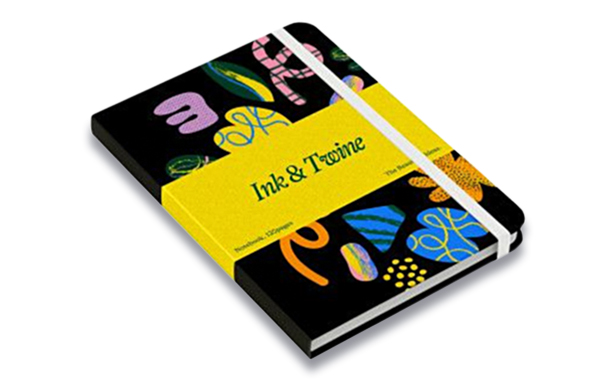Strategy June 27, 2025
Common UV Printing Myths Debunked
With its high-quality output and ability to print directly on a variety of objects, UV printing has become an increasingly popular way to customize promo products.
With its high-quality output and ability to print directly on a wide variety of substrates and objects, UV printing has become an increasingly popular way to customize promotional products. As with any printing technology, however, there are some misconceptions surrounding UV printing, and some concerns that have been addressed by newer UV inks and printing equipment.
Philip Chu is the product manager for UV and specialty devices at Roland DGA, a provider of large-format inkjet printers, printer/cutters and other devices.
Here we’ll debunk some of the most common UV printing myths and shed some light on the truth about this versatile customization technology.

UV technology can print on a variety of materials and surfaces. (Courtesy of Roland DGA)
Myth 1: UV Inks Are Harmful to the Environment
Some people believe UV inks are toxic and contribute to air pollution. However, this is far from the truth.
UV printing actually offers several environmental benefits compared to other printing technologies. UV inks are free of volatile organic compounds and do not release harmful fumes into the air during the curing process. Additionally, newer ink formulations are specifically designed to be CPSIA- and toy safety-compliant. And, because UV printers utilize eco-friendly UV/LED lamps for curing, they consume less energy overall compared to other print processes.
Myth 2: UV Printing Can Only Be Used on Certain Surfaces & Objects
Another common misconception is that UV printing is limited to specific materials, such as flat surfaces or rigid substrates. This myth may have originated from the early days of UV printing when the technology was primarily used on flat materials.
However, UV printing has come a long way since then. Modern UV printers can print on a broad range of materials, including glass, metal, wood, plastic, fabric and three-dimensional objects like pens, bottles, balls, phone cases and even hockey pucks. Manufacturers have developed accessories to facilitate printing on cylindrical items like water bottles, and jigs are available to print multiple objects simultaneously.
Myth 3: UV Printing Yields Inferior Image Quality
Some skeptics claim UV printing inks do not provide the same level of color vibrancy and sharpness as traditional printing inks. However, this myth does not hold up under scrutiny. For example, Roland DGA’s color gamut for its EUV5 inks enables users to achieve the same level of rich color and vibrancy that can be obtained with its eco-solvent inks.
Additionally, all UV inks are cured instantly using ultraviolet light. This curing process ensures the inks do not bleed or spread, and results in sharp, vibrant and high-resolution prints. UV printing also allows for precise dot placement, which enhances overall image clarity and detail.
The full story, written for Promo Impressions, is available on Wide-format Impressions, a publication of PRINTING United Alliance, ASI’s strategic content partner.
